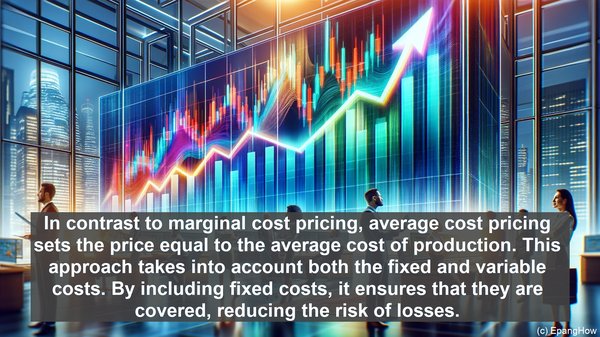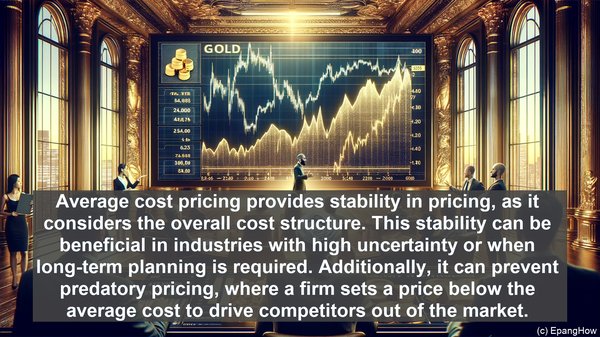Introduction: The Significance of Pricing Strategies
Hello everyone! In the world of business and economics, pricing is a fundamental aspect. It can determine the success or failure of a product or service. Today, we’ll be exploring two pricing strategies – marginal cost pricing and average cost pricing. While both have their merits, they are distinct in their approach and implications.
Defining Marginal Cost Pricing
Marginal cost pricing is a strategy where the price of a product or service is set equal to its marginal cost. In other words, the price is determined by the additional cost incurred in producing one more unit. This approach ensures that the price accurately reflects the cost of production at any given point in time.
The Advantages of Marginal Cost Pricing
One of the key advantages of marginal cost pricing is its efficiency. By aligning the price with the actual cost, it promotes optimal resource allocation. Additionally, it can incentivize firms to reduce costs, as a lower cost would result in a lower price and potentially higher demand. Moreover, in competitive markets, marginal cost pricing can prevent anti-competitive behavior, as firms cannot set prices arbitrarily.

The Limitations of Marginal Cost Pricing
While marginal cost pricing has its benefits, it may not always be suitable. For instance, in industries with high fixed costs, setting the price equal to the marginal cost may not cover the fixed costs, leading to losses. Furthermore, in situations where demand is inelastic, a higher price may be warranted, even if the marginal cost is lower. Lastly, the dynamic nature of costs, especially in the long run, can make it challenging to continually adjust prices to match the marginal cost.
Understanding Average Cost Pricing
In contrast to marginal cost pricing, average cost pricing sets the price equal to the average cost of production. This approach takes into account both the fixed and variable costs. By including fixed costs, it ensures that they are covered, reducing the risk of losses.
The Benefits of Average Cost Pricing
Average cost pricing provides stability in pricing, as it considers the overall cost structure. This stability can be beneficial in industries with high uncertainty or when long-term planning is required. Additionally, it can prevent predatory pricing, where a firm sets a price below the average cost to drive competitors out of the market.

The Drawbacks of Average Cost Pricing
One of the main drawbacks of average cost pricing is its potential inefficiency. Since the price is not directly linked to the marginal cost, it may not accurately reflect the current market conditions. This can lead to suboptimal resource allocation and potentially reduced consumer surplus. Moreover, in industries with rapidly changing costs, average cost pricing may not be responsive enough, leading to imbalances.
